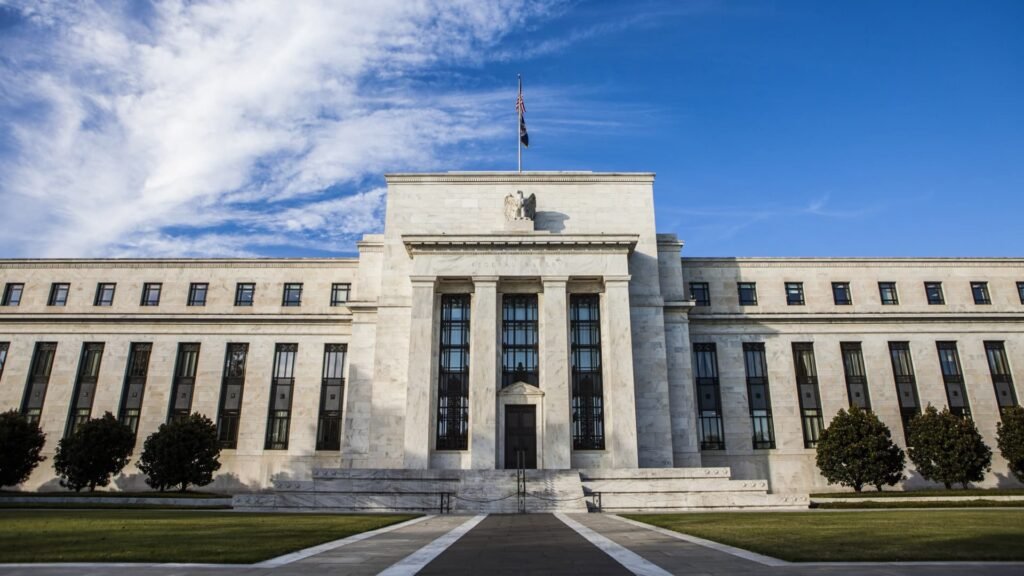
The Federal Reserve is expected to maintain interest rates at the end of its two-day meeting next week, despite President Donald Trump’s recent comments expressing his desire for an immediate drop in interest rates. The central bank has been cautious in adjusting its policies after raising its key benchmark by 5.25 percentage points between 2022 and 2023 to combat inflation, which continues to exceed the Fed’s 2% target. Trump has criticized inflation and high interest rates, stating that they are detrimental to the country.
Consumers facing the challenges of high prices and borrowing costs are unlikely to see relief in the near future. Matt Schulz, LendingTree’s chief credit analyst, emphasized that those expecting the Fed to quickly lower interest rates to alleviate the burden will be disappointed. The Federal funds rate, set by the U.S. central bank, impacts the borrowing and savings rates that consumers encounter daily, even though it is not the rate they directly pay.
When the Fed funds rate eventually decreases, consumers may experience lower borrowing costs across various types of loans, including mortgages, car loans, and credit cards, making borrowing money more affordable. Credit card rates, which are often variable, are directly linked to the Fed’s benchmark rate. Despite the Fed’s rate cuts last year, credit card costs remained high, with the average rate exceeding 20%.
Mortgage rates have increased recently, despite the Fed’s rate cuts. Fixed-rate mortgages, tied to Treasury yields and the economy, do not immediately adjust in response to Fed policy changes. Auto loan rates are fixed, but rising car prices have led to larger payments, contributing to outstanding auto loan balances surpassing $1.64 trillion.
Federal student loan rates are fixed, affecting borrowers differently based on the type of loan. Undergraduate students with direct federal student loans for the 2024-25 academic year are paying a higher rate compared to the previous year. Private student loans typically have variable rates, impacting borrowers based on the benchmark rate.
While the Fed does not directly influence deposit rates, changes in the target federal funds rate can influence yields. Online savings accounts have offered competitive returns due to the Fed’s rate hikes in recent years, with top-yielding accounts providing nearly 5% returns. Savers are expected to benefit from these yields as the Fed remains on the sidelines.




